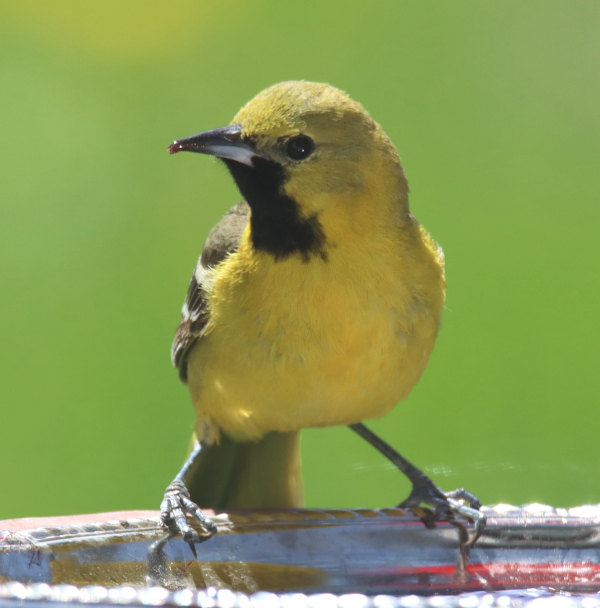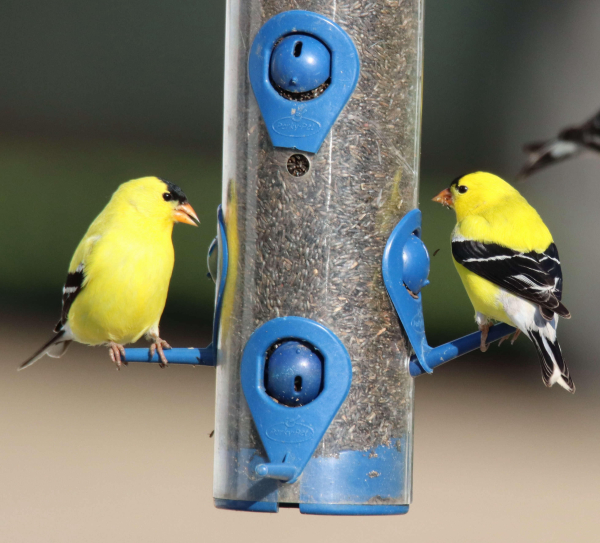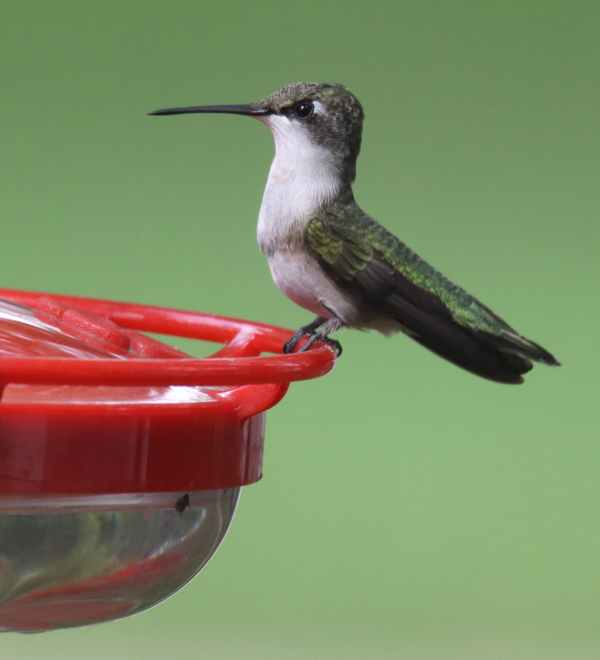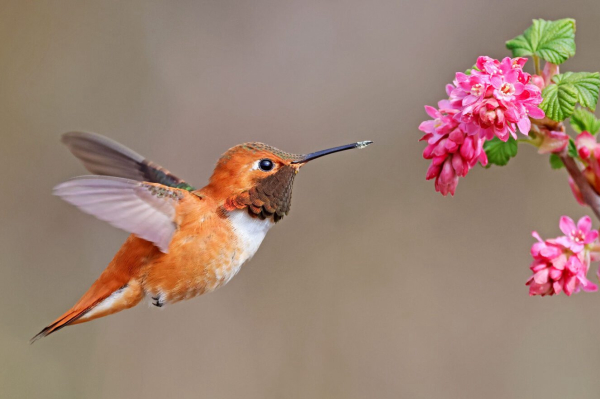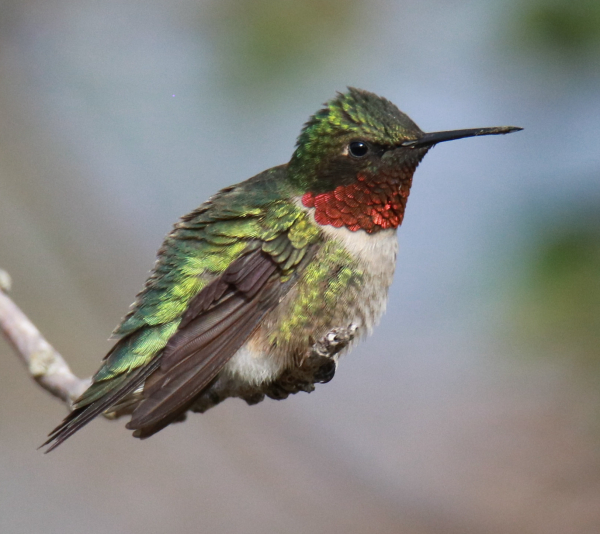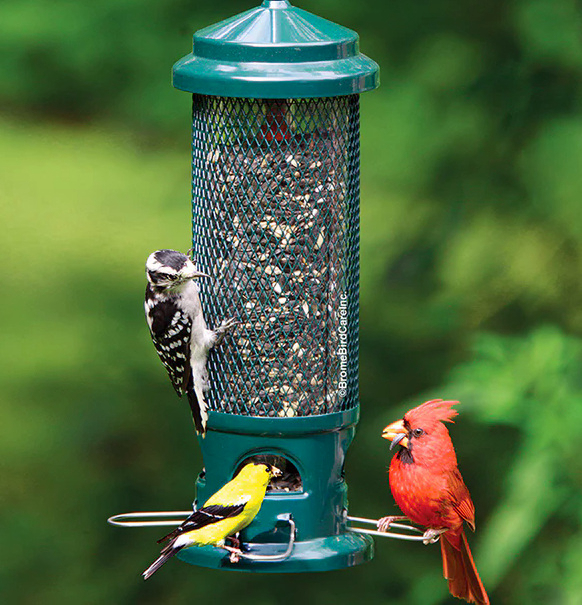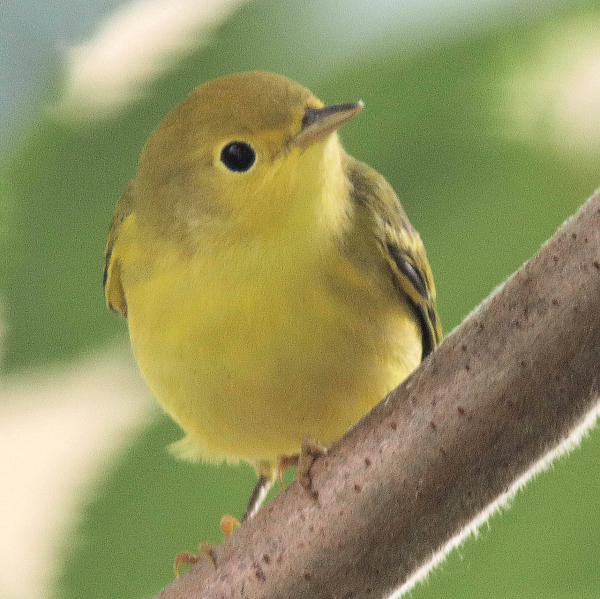Orioles & Hummingbirds Are On Their Way
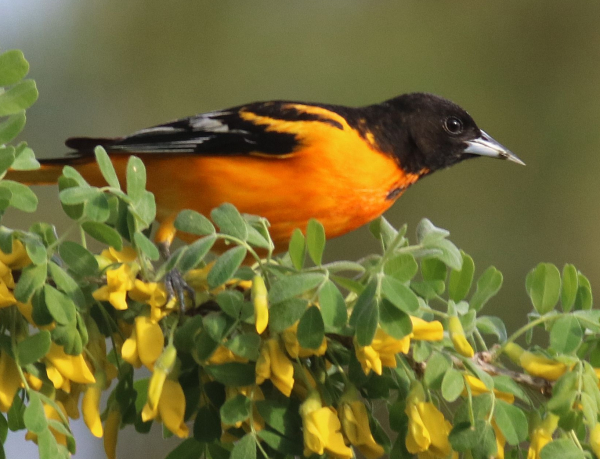
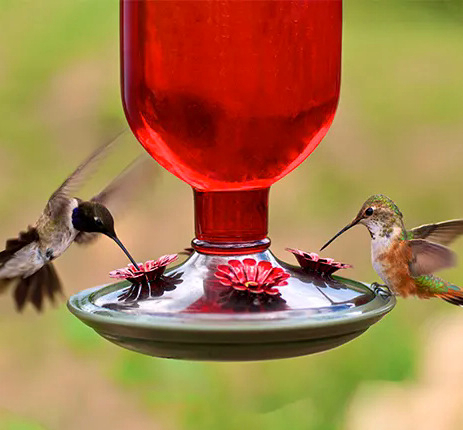
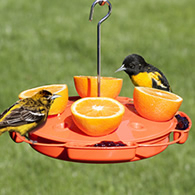
Some of the most popular spring and summer birds that visit our yards and feeding stations – Baltimore Orioles, Bullock’s Orioles, Orchard Orioles, and the migratory hummingbirds that winter in Mexico and Central America are beginning to arrive in southern states. Although they may not make it to your yard for a few more weeks, sometime in the next month the migratory species of orioles and hummingbirds will arrive for you to enjoy and appreciate for days or weeks or months ahead – they should linger longer if you entice them with favorite foods.
We would be remiss if we didn’t mention the orioles found in the Southwest, including Scott’s Orioles, Hooded Orioles, and non-migratory Altamira Orioles. We have about a dozen species of hummingbirds in the United States. The most wide-spread and best known is the Ruby-throated Hummingbird, which is usually the only hummer found in the eastern half of the Lower 48 States and southeast Canada. Other species include Anna’s Hummingbird, Allen’s, Rufous, Broad-tailed, Calliope, Black-chinned, Costa’s and Buff-bellied Hummingbirds. Rarer species found along the borderlands from Arizona to Texas include Broad-billed, Rivoli’s, and Lucifer Hummingbirds.
The Sweetest Foods
You probably already know it’s relatively easy to attract these beautiful avian gems. For hummingbirds, the simplest and foremost option is to provide sugar-water nectar, and a flower garden with red, orange, and yellow tubular-shaped flowers is attractive too. Orioles have 3 food options: sliced orange halves, grape jelly, and sugar-water nectar. All orioles and hummingbirds eat plenty of small insects and spiders, and orioles eat lots of insect larvae – caterpillars. These live foods are available among your landscaping, on the leaves of trees, shrubs, and flowering plants.
For hummingbirds, simply mix a 1-to-4 sugar-to-water ratio to make hummingbird nectar – 1 part white sugar to 4 parts water. This sugar to water mixture best approximates the sugar levels in the nectar produced in red tube-shaped flowers. Many people prefer to buy pre-mixed nectar that you can simply pour into a in a hummingbird feeder, and other pre-mixed hummingbird nectars require adding water, often a 1-to-4 mix too.
There is an amazing variety of hummingbird feeders available, and it’s best to get a feeder that has perches, bee guards, and an ant moat to keep sugar-poaching ants and bees from taking over a feeder. Some newer models offer a top-fill option, which tends to make it easier to fill and clean the feeder. The most important thing about keeping a hummingbird feeder in your yard is to keep it filled with fresh sugar-water nectar – it’s just that easy. Hummingbirds can be quite territorial around a food source, so many birders provide 2 hummingbird feeders, separated by enough space so birds chased from one feeder can utilize the other.
As for orioles, our experience is that only some individuals utilize sugar-water nectar – some years no orioles utilize our nectar; so we limit our nectar option to a hummingbird feeder. Orioles can always feed at a hummingbird feeder, although they tend to prefer a larger opening to fit their bill and tongue inside feeding ports. If orioles show an interest in sugar water, that’s when it may be worthwhile to add a specialized oriole nectar feeder.
The Oriole Magnet
Our experience is that grape jelly is the absolute most preferred food of orioles. We provide sliced orange halves too, and they are utilized the first couple weeks, but soon the orioles zero in on eating grape jelly and continue that practice through the nesting season. Orioles are definitely attracted to the color orange, just as hummingbirds are attracted to the color red, so we keep orange halves out to advertise the feeding station.
Our hanging oriole feeder is colored orange, it holds 2 orange halves, and it has a removable jar to fill with grape jelly. Many oriole feeders provide this type of option, and some also include a nectar basin with feeding ports sized for orioles. Just like hummingbird feeders, there are many options on the market, and it’s largely a personal choice of which will make your feeding station more attractive, to you and orioles.
Having mentioned that orioles and hummingbirds eat small insects, it’s interesting to note that you can often see these birds picking insects off the feeders before and after consuming nectar. For orioles, this tends to include ants and small flying insects, although any insect is fair game. We tend to wash off and brush nectar feeders each time we fill them, which isn’t a bad idea – the cleaner the better we always say. It’s always a good idea to periodically check to make sure that ant moats are filled with water to keep ants away from the feeding ports. Some nectar feeders have built-in ant moats, but you can also buy an inexpensive ant moat individually too.
Of course, fresh water is another way to attract orioles and hummingbirds; hummingbirds are most attracted to misters that provide a fine spray of water they can fly through for a mini-shower. As you know, providing water is easy, economical, and most important for migrating and nesting birds.
Migrating hummingbirds and orioles may utilize feeders and a water source for a few days, or even a few weeks. But if your yard is within the nesting range of one or more of the orioles or hummingbirds, your food and water resources can be just the right combination to encourage some birds to stay longer. They may even decide to nest in your yard or nearby in your neighborhood, visiting your feeding station throughout the rest of the nesting season – even bringing their new fledglings for food and drinks for a time before they migrate south.
Especially for hummingbirds, a flower garden that emphasizes red, orange, and yellow tubular flowers is always a big plus. To have flowers available during the time hummers arrive and thereafter, it may be worthwhile to make a trip or 2 to your favorite greenhouse to pick out plants that are already flowering, and you can even leave them in the pots they come in so you can position them near a hummingbird feeder, then plant them in a more permanent location after they have finished flowering. Overall, it’s definitely worthwhile to plan a long-term “hummingbird flower garden” to attract hummers year after year – and it will add some zesty color to your yard that you can take great pride in.
It’s time to brighten up your yard and feeding station this spring by attracting colorful orioles and hummingbirds. Don’t wait until you see the first birds to react; stock up on foods now, and have your feeders ready a week in advance of their usual arrival date, so your feeding station becomes a true magnet that will benefit the birds. You will be rewarded with exceptional looks at these interesting birds; and don’t forget, orioles provide beautiful songs too. Good Luck!

